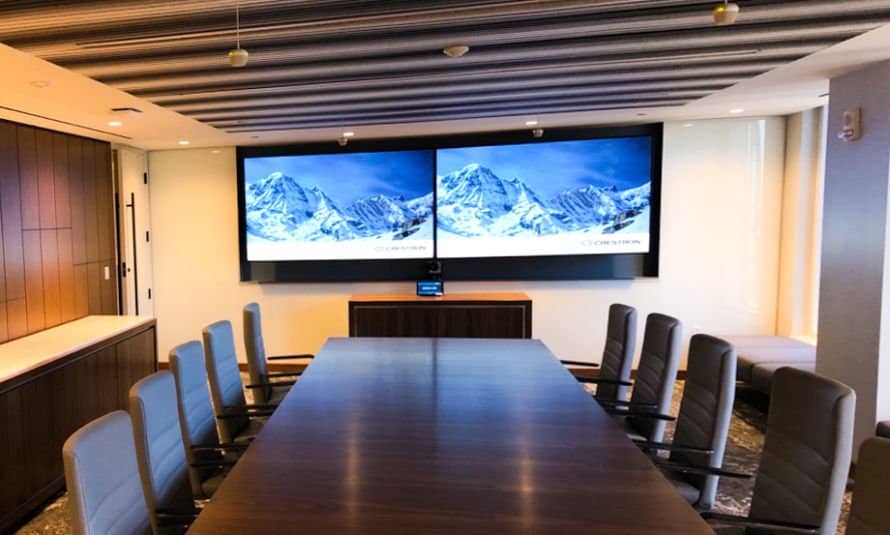When it pertains to ensuring protection and safeguarding, choosing the appropriate CCTV setup is crucial. Closed-circuit video (CCTV) setups are commonly utilized for surveillance in various environments, such as homes, companies, and public spaces. These setups assist observe actions, deter criminal activity, and provide valuable proof in the event of occurrences. Comprehending the various elements and characteristics of CCTV setups can aid people and entities formulate knowledgeable choices that best satisfy their security needs.
One of the first considerations when selecting a CCTV setup is the type of cameras required. There are several varieties of cameras available, including dome devices, bullet cameras, and PTZ (pan-tilt-zoom) cameras. Bulb devices are often used for interior surveillance due to their discreet design, while bullet devices are more noticeable and are typically employed externally. PTZ devices provide the ability to magnify in on particular locations and can be operated from a distance. Evaluating the particular environment and the areas that need surveillance will help decide which kind of device is best appropriate.
Another important factor to take into account is the resolution of the devices. Higher clarity cameras offer sharper images, which can be critical for recognizing people or details in a setting. Common clarities consist of basic resolution (SD), high resolution (HD), and superior definition (UHD). While higher clarity cameras may arrive at a higher price, they can considerably enhance the effectiveness of a surveillance setup. It is also crucial to take into account the illumination conditions in the Go Here location being monitored, as some cameras are more suited to handle dim situations than alternative options.
Recording choices are also a critical aspect of CCTV setups. Footage footage can consume up a substantial amount of space, so it is crucial to choose a setup with sufficient storage capacity. Many systems provide cloud options, which allows for off-site retrieval to footage and can offer additional security in the event of theft or damage to the tangible storage. Alternatively, on-site storage, such as electronic footage recorders (DVRs) or internet footage recorders (NVRs), can be used. Comprehending the capacity requirements based on the quantity of cameras and the desired retention period for recordings is vital for effective monitoring.
Lastly, the installation and maintenance of the CCTV system should not be overlooked. Expert setup can guarantee that cameras are positioned in optimal spots for best coverage. Additionally, regular upkeep is necessary to maintain the setup operating properly. This entails inspecting device angles, cleaning optics, and making sure that programs is up to date. Some setups also provide off-site monitoring features, allowing operators to view live recordings from their mobile devices or laptops. This feature can offer peace of mind and enhance the overall efficacy of the safeguarding setup.

In summary, choosing the perfect CCTV setup requires careful evaluation of multiple aspects, such as camera types, resolution, storage choices, and setup. By comprehending these elements, individuals and organizations can select a setup that efficiently satisfies their safeguarding needs. A well-planned CCTV system not only helps deter criminal activity but also offers important evidence when needed, making it an important expenditure for protection and security.
Comments on “Understanding How To Install the Ideal CCTV Setup to Meet Your Safety Needs”